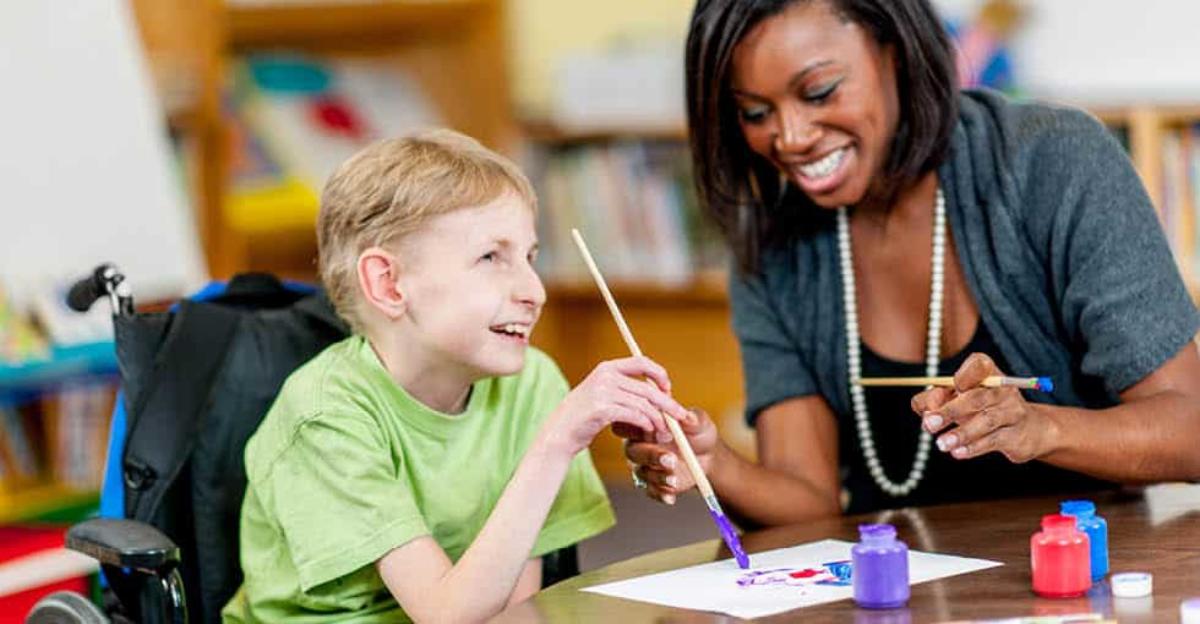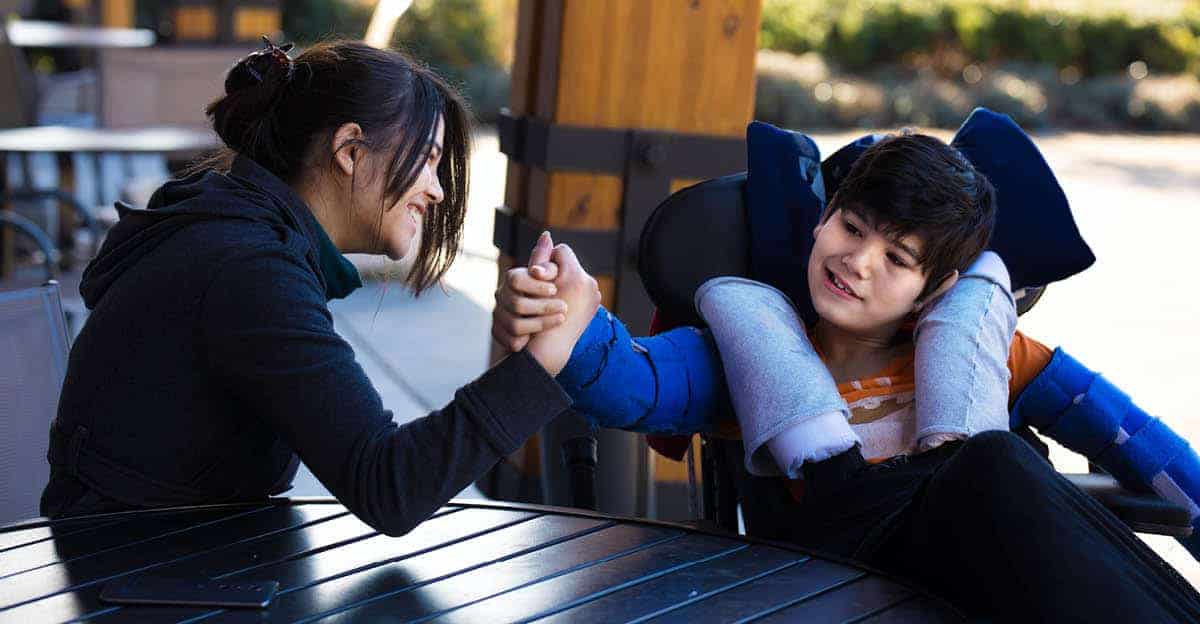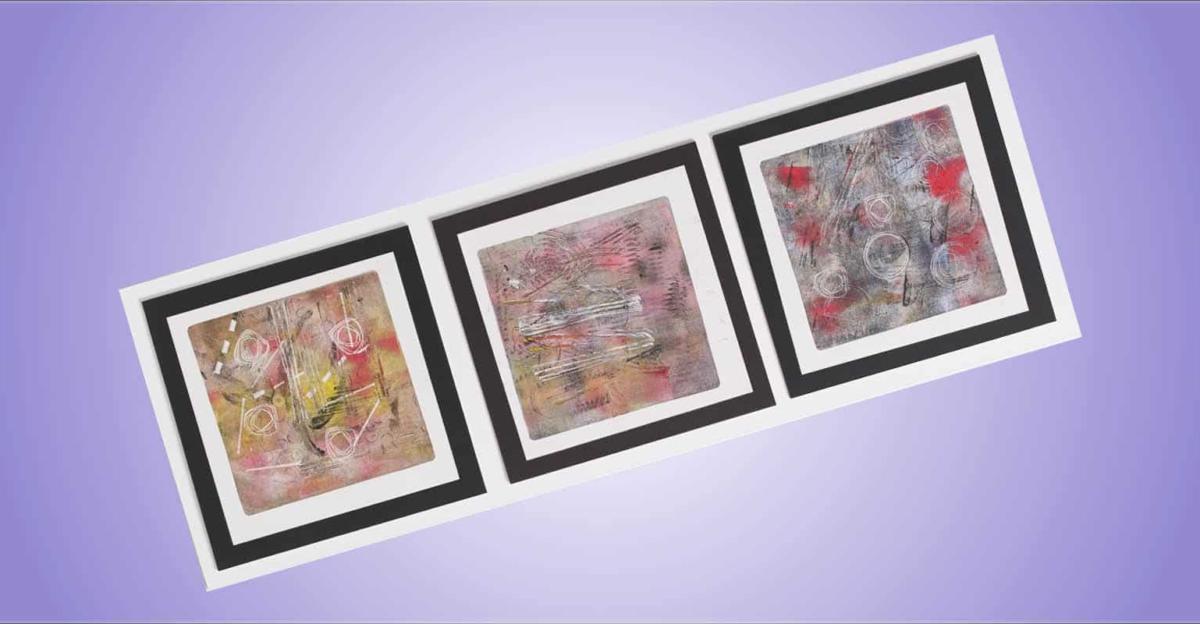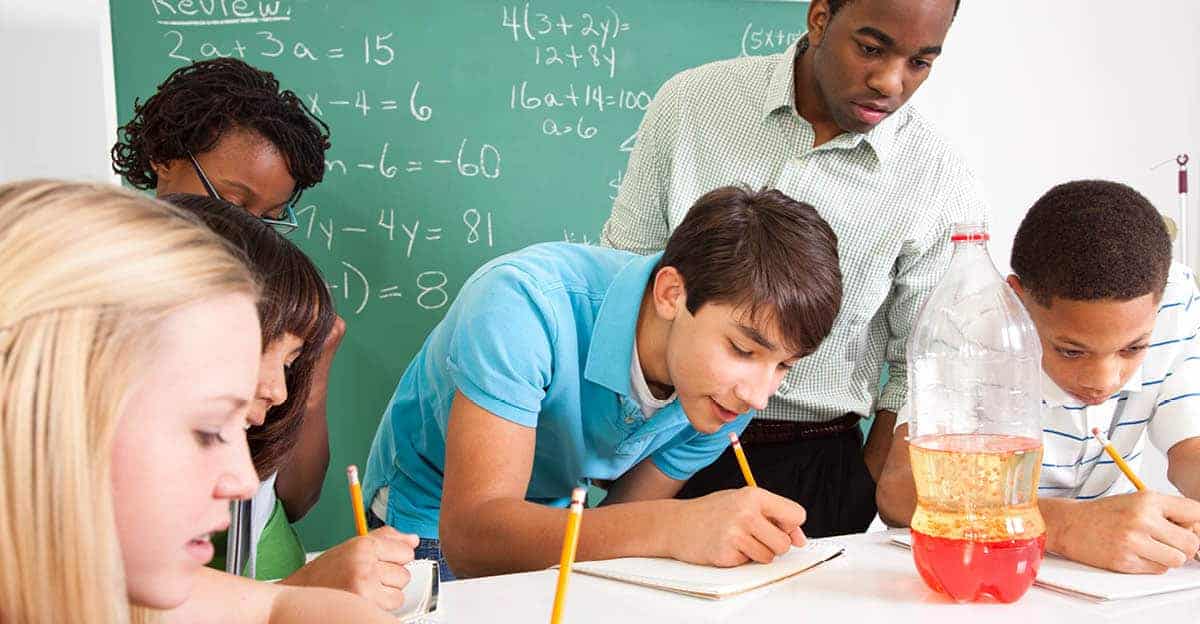It takes extra planning, flexibility and creativity to make the arts accessible to students with disabilities. Here are some inspiring thoughts on why we should continue our mission to make art inclusive for all.
Creative Expression Benefits for Students with Special Needs
On the site Living in Dialogue: No Art Left Behind, blogger Anthony Cody posted a thoughtful piece after being inspired by the words of artist and kindergarten teacher Susan DuFresne. She states “Art is healing and meditative for children and teachers. It is inspiring and allows a different kind of space for free and creative expression. Art builds self-confidence in a way that children need. It develops listening skills and an ability to work from part-to-whole. It develops trust in one’s teacher.”
Special Education teacher/ blogger Nancy Bailey states in the Importance of Art for Students with Disabilities that “If inclusion is the goal for students with disabilities, as has been described in the Individuals with Disabilities Education Act, then art classes should be a high priority. The arts can level the playing field, because children with difficulties in academic subjects might excel at drawing, painting, acting or dancing and singing.”
In addition she goes on to state that good art programs may even lead to some type of employment in the art industry and that the arts can help build self-esteem, bring joy and provide motivation for struggling students to stay in school.
Scholar and author Jane Piirto, in her book Understanding Those Who Create discusses analyses of famous people that included artists (sculptors, painters, actors, composers, film directors, dancers and performers). This study, done back in the 1970’s by Goertzel et all included artists like Renoir, Charles Ives, Georgia O’Keefe and others. They found some common traits in the artists that they reviewed including:
- They were not known for being good students.
- They were not likely to be great
- They had special schooling.
- They were less likely to have gone to college.
And we need not look far for modern day artists with disabilities for inspiration.
Paul Smith: Aka the Typerwriter Artist. Born with spastic Cerebral Palsy he used a manual typewriter as his medium and went on to create over 300 works of art.
Stephen Wiltshire, Best for known for his panoramic cityscapes, often drawn from memory. Stephen is on the autism spectrum.
Peter Longstaff : Born with a congenital anomaly of no arms he managed a farm successfully for many years before turning to his childhood hobby of painting (with his foot!). He is known for his landscape images.
Building Important Skills through Art Education
So as art educators, it’s important to remember that art for children with special needs helps in many ways including:
- Building fine motor and problem solving skills
- Enhancing communication and expression
- Promoting self-esteem and motivation to succeed.
Whether your budding artists will have their work hanging in a museum or just on a refrigerator, you will know that YOU have made a difference! Thank you for bringing the joy of art into the life of a child with special needs!
Cecilia Cruse
Cecilia Cruse, MS, OTR/L has a BS degree in Occupational Therapy from the University of Florida, and her Master’s degree in Education from Georgia State University. She is SIPT certified and has over 25 years’ experience in pediatrics with school-based services, acute care, and outpatient pediatric settings.
Read more posts by Cecilia Cruse–>






